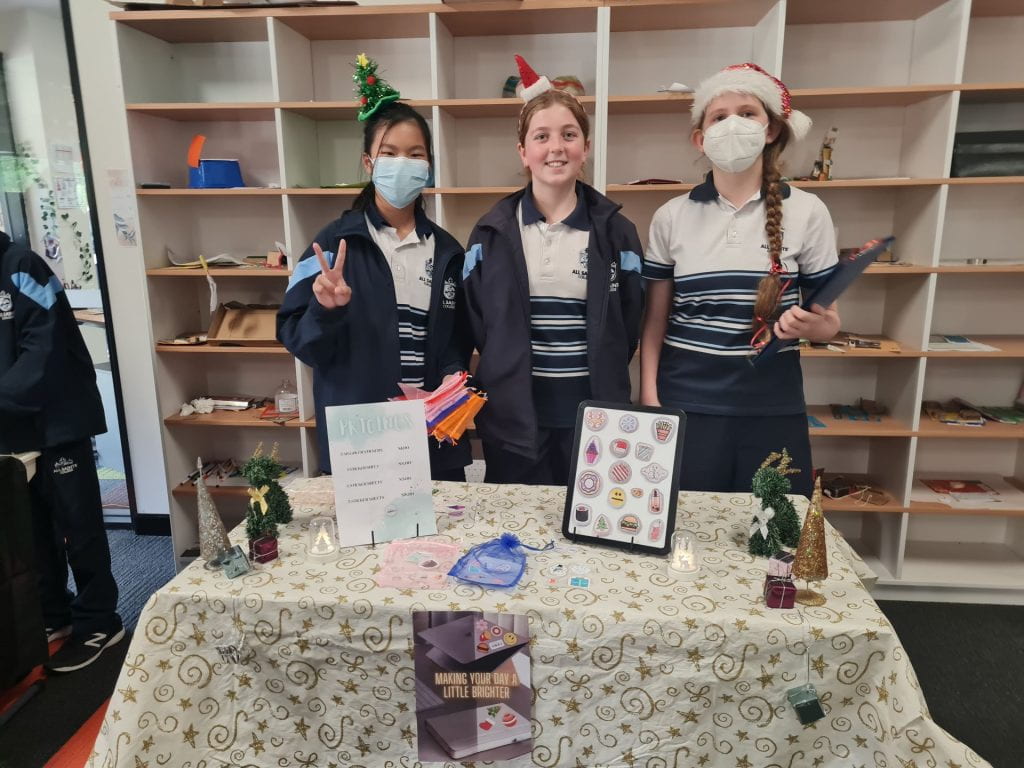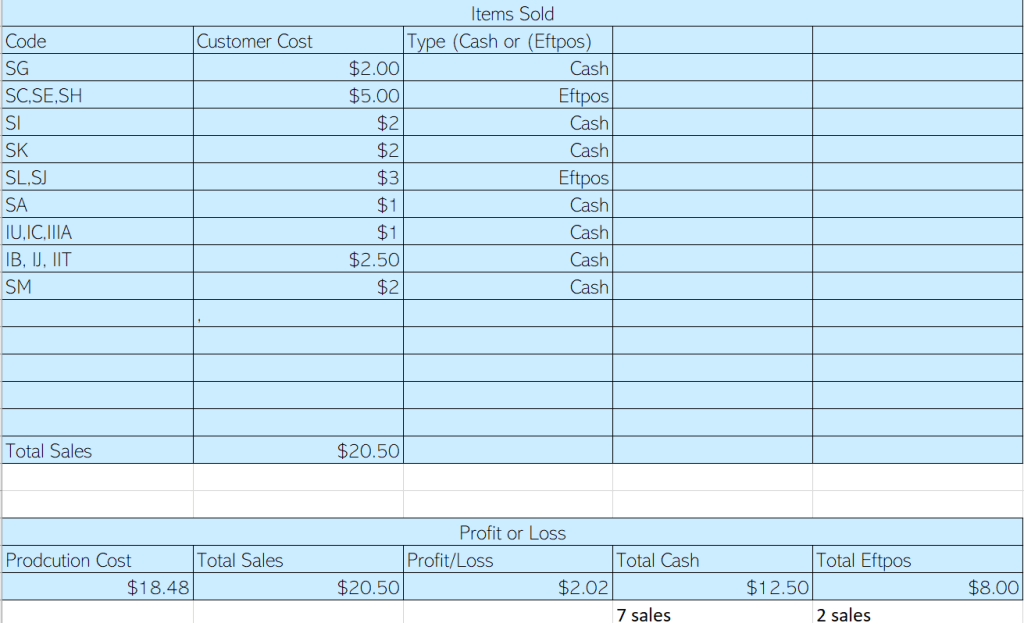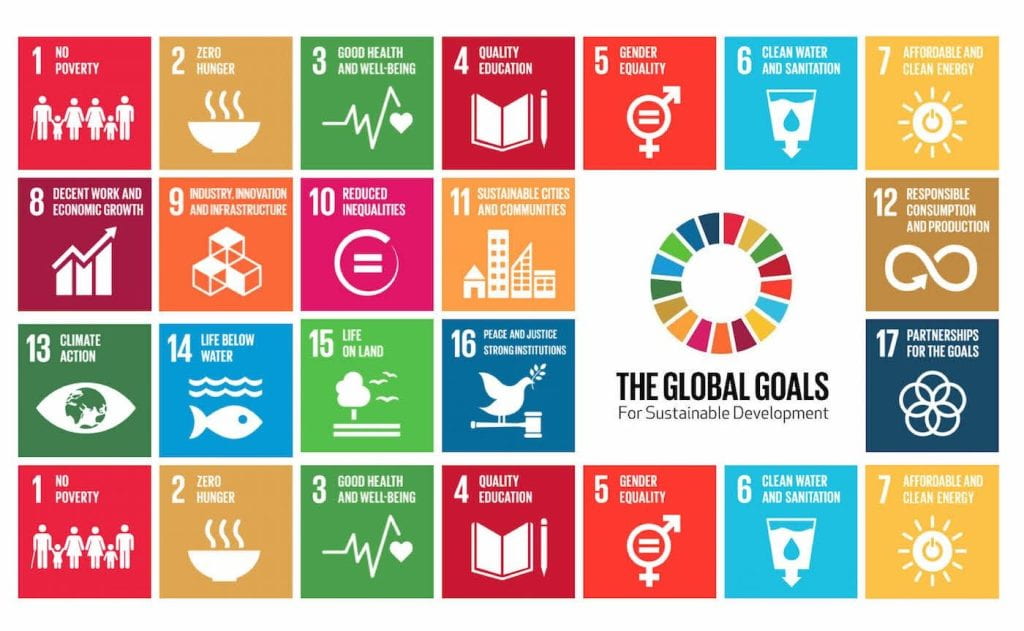INTRODUCTION⁓
In InnovatED in Term 4 we started on the Christmas Market Project. The Christmas Market is an event All Saints holds every year. Students get into groups and brainstorm product ideas. After brainstorming ideas, we decide on our favourite idea, while also thinking about the affordability of our idea. After deciding on an idea, we research further into it and prepare a pitch for our teachers. If your idea gets approved, you can get the loan money of $30 and start producing your product. Each group then has a couple of weeks to make the products as well as some posters to display around the school. Throughout the whole process we were also doing Economics in Humanities which helped getting through process a lot. Then it is time to sell at lunch time with a float and table decorations. After the process of selling our products, we count up our money and see if we made a profit. After paying back the loan money all of the excess money goes to a charity. In our case it was Salvation Army which is a charity that gives to the less fortunate.

OUR IDEA AND OUR PRICING⁓
My Christmas Market Idea was stickers, and our business name was Sticker Stack. When my group and I were brainstorming we wanted an affordable easy idea that would also sell well. My group wanted our product to be a reasonable, affordable price, whilst also allowing us to make a profit. We made lots of designs and made singular stickers along with sticker sheet that consist of 4 different designs. We did two base design topics: Christmas and Food. We did deals of 1 sticker sheet for $2, 2 sticker sheets for $3 and 3 sticker sheets for $5. My groups original idea was to sell a singular sticker for 50c. We ran into an obstacle with that pricing though. We could not sell our products for 50c because the pricing had to be whole numbers. This caused us to re-think our pricing, so we change to 2 stickers for $1. That when we had a customer’s opinion prior to the market make us re-think the pricing once again. We got told that selling a sticker for 50c cents each was too expensive, and that people would not buy them at this price. So, we changed the pricing to 3 stickers for 1 which meant 1 sticker was $0.33 each and the cost price was about 20c per sticker. This means singular stickers would only make about $0.13 cents profit each.
Throughout the time of the market supply and demand was changing. Towards the end we decided because the supply of our stickers was high, we would decrease the pricing of our sticker sheets. The sheets were originally $2.00 for 1 sheet. But we changed the pricing to $1.00 for 1 sheet. This drew a few more customers towards our stall. We also decided to go 50% store wide since we still had a large supply of products, and we would hopefully increase demand. Our competition was the stall next to us selling pre-made Christmas cards and they had completely discounted to products and that stole some of our customers away. This caused us to decrease our prices too.
In the end we did manage to make a profit of $2.02, but because we decreased the pricing, we did not make a large profit.


WHAT I’VE LEARNT⁓
Throughout the whole Christmas Market Process, I have learnt a lot. From pricing to designs all the way to the social aspect.
If I were to do the whole market process again, I would completely change the product we were selling. I would choose a product that was not so labour intensive and that I was confident would sell. Stickers were a very labour intensive product and require a lot of time to make. Customer demand was also a big aspect of this process. Our stall did not have much customer demand because people just bought them with their spare change after purchasing more expensive items. If we sold I completely different product, then we may have got more demand which would cause us to decrease the supply and increase the sales. This will there for increase the profit made. Stall location is also another big aspect due to the weather. There was a lot of wind and rain on the day of the market so, the locations of the stalls were all very different. Our location was away from the wind, but inside the breakout space so not as many people new that our stall was there. It was out of the way and not as much of a hot spot as some other stall locations. Having a stall close to the entrance would increase customers visiting the stall and purchasing our products. The packaging of the product generally is what sells the product. For our stickers we packaged them in draw string bags, so they did not fly away and so that people had a cute little bag to keep afterwards. If we did not have packaging to place the products in, we might not have sold as much. I would change the packaging colours to Christmas colours as well so that if this was a gift for someone it was already in packaging to give it to them. Before pursuing the product though I would check the availability of resources and materials to make the product though. If the resources were not available, I would re-think the product I am making. Overall the Christmas Market Project was a learning opportunity for everyone no matter weather you made a profit or not.
CAPABILITIES AND CONCLUSION⁓
The Christmas Market Project required a lot of Collaboration, Effective Communication and Creativity. We had to collaborate with our peers and our teachers to create a good Christmas market product as well as making a profit. We also had to communicate with many students, staff, and customers that were buying from our stall because socializing with the customers is what sells the product. Finally, we needed be really creative with the designs of our products especially because our products are hand draw and are completely original designs. Overall, the Christmas Market was a fun experience that taught us me and my group a lot about Economics.





